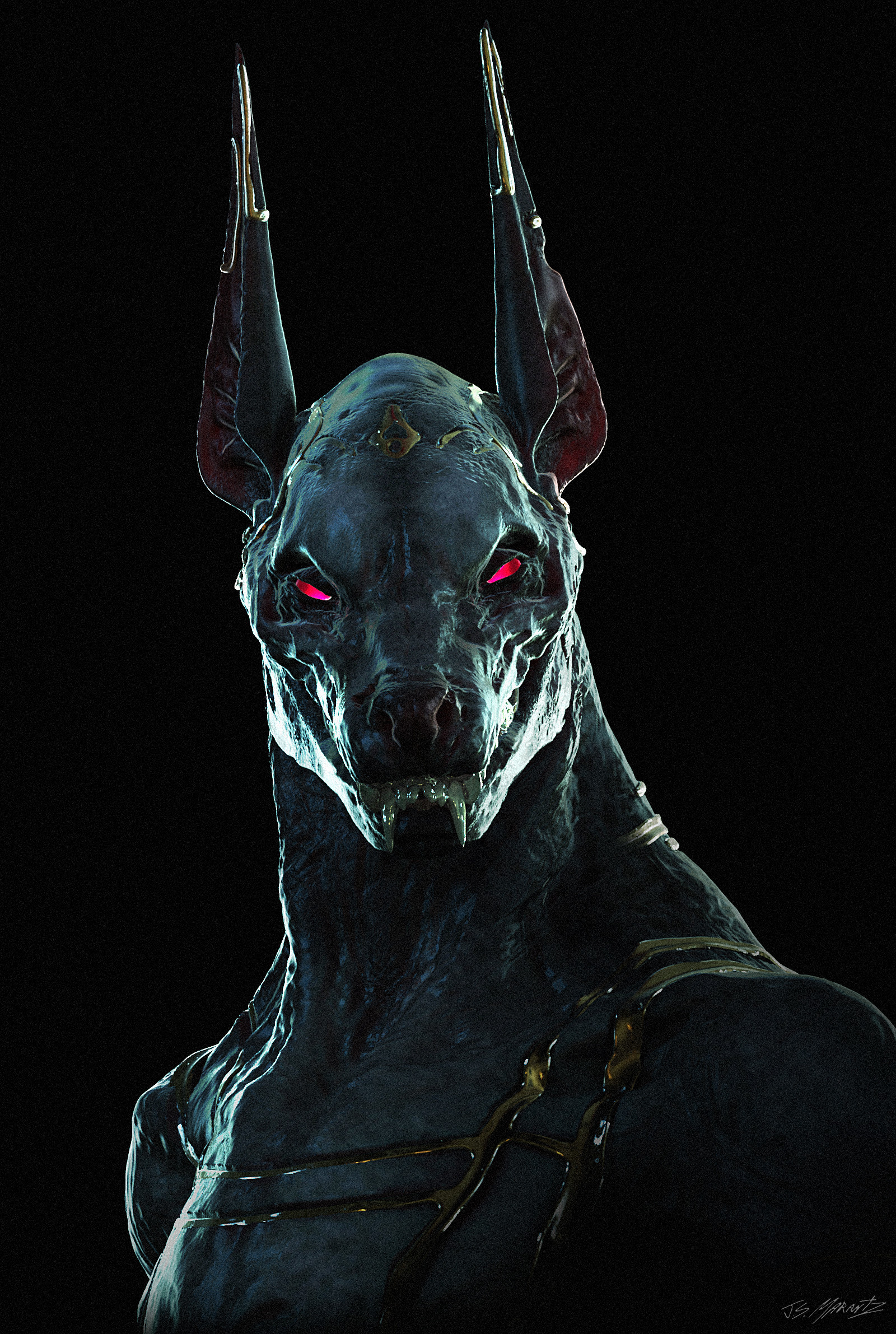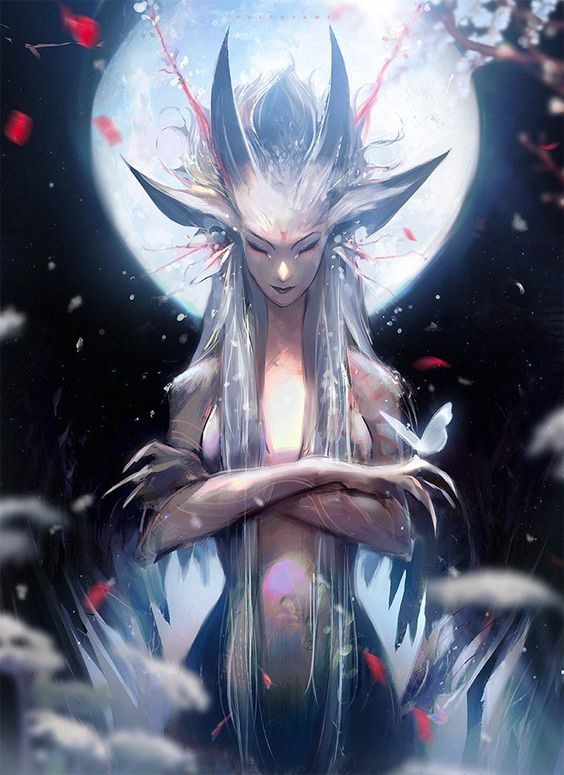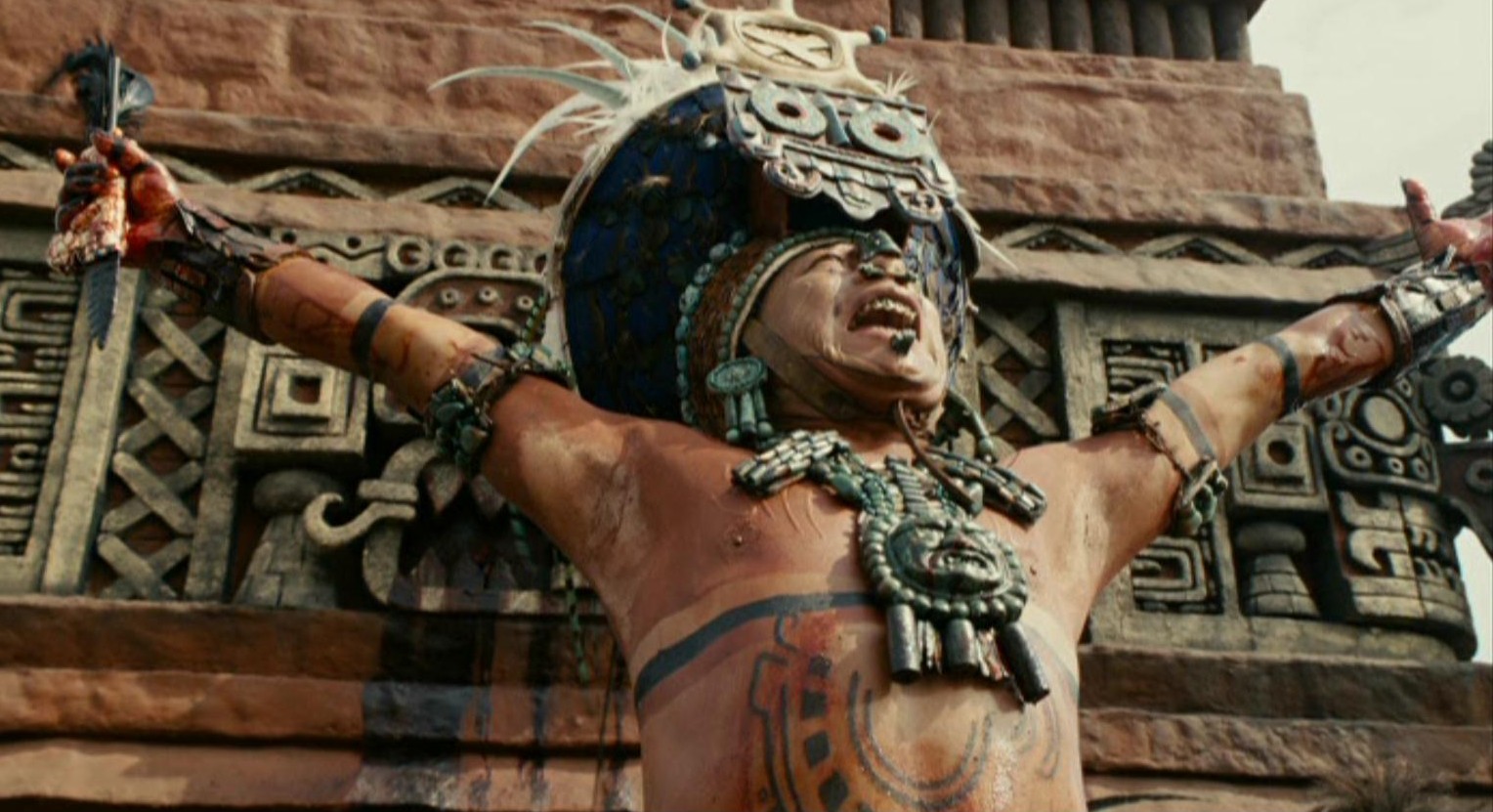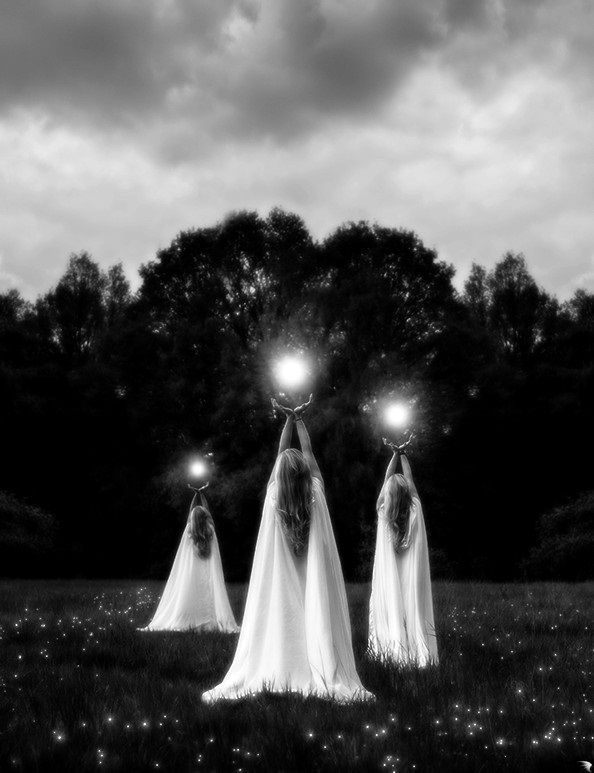Down through the ages

The gods have always been there, ever since humans first began to create greater entities to govern and control their reality, watching over their chosen flocks. Still not all phases of history recognize their power or their influence either and the history of the gods is hard to trace.
Pre-History
The gods of humanity's earliest organized faiths are savage creatures, reflecting their worshippers more primitve and primal desires. The earliest gods remember the smilodon and the mammoth and the other mega-fauna which vied with mankind for mastery of the Earth. Few of these gods remain, at least not in their original forms, because as a worshipper changes, so to does the nature of the gods they worship. Some of the earliest concepts that survived into the modern world are gods of nature, light and dark, beasts, and natural phenomenon. Gods born of this age retain a thirst for blood and sacrifice, typically having savage natures which are best kept restrained. As they evolved, they may have become dualistic deities, envincing both characters of savagery and nurturing, creation and destruction. Other gods from this age may have evolved into triple-deities, with one of their aspects maintaining the savagery that helped them gain dominance over their people and other gods.

Before the Common Era - 5,000 BCE to 0 CE
From the first true civilizations was born a new order of divinities, one that took shape from the diversity of emergent behaviors that were accompanied by the concepts of civilization. Currency and trade, agriculture and smithing, organized warfare and the establishment of organized forms of human worship gave rise to thousands, if not more, types of divinities. Each with their own personal spheres of domain. Older gods from this time evolved to incorporate new aspects, new portfolios, and shed old names in order to stand before new communities.
Some humans from this time frame became deified, such as Siddartha Gautama who was born in the fifth century BCE, taught and died, with his teachings becoming the foundation for Buddhism. His followers in turn deified him, or perhaps his enlightenment did, but he now lives as the Tathagata, a deified being and teacher who occasionally still appears to his human followers.
The Gods of Egypt were born in this time frame, and ascended to dominance for thousands of years, ruling over parts of Africa.
0 CE to Present Day
The rise of monotheism has left its stamp on the world, specifically in the West where the three Abrahamic religions of Christianity, Islam, and Judaism have long held dominance. The rise of worshipping a single divinity however, dealt significant blows to the Pagan Gods who found their cults destroyed, their servants torturned then burned alive at the stake, and their sacred holidays absorbed or destroyed.
It is only in the last 50 years or so that the neo-pagan movement has begun to revive ancient faiths, albeit in a bastardized form. Gone are the blood sacrifices, or the offering of virgins in ritualized murder to placate the Gods. Many of the Old Gods are just now reestablishing their powers, their cults, and cultivating or capturing the faith of mankind to their own ends once more.
In the East, the grip of the monotheistic religions lessens, but only marginally. Eastern religions tend to revere concepts or goals, and relegate the gods to lesser roles or as guides to some ultimate state of enlightenment. Individuals who attain this enlightenment are known as Arhats or Bodhisattvas, divine saints who have embraced and embody Ultimate Enlightment who linger on earth as guides or guardians. Many of these saints are lesser deities in their own right, but do not cultivate mortal worship outside of certain specific instances.

